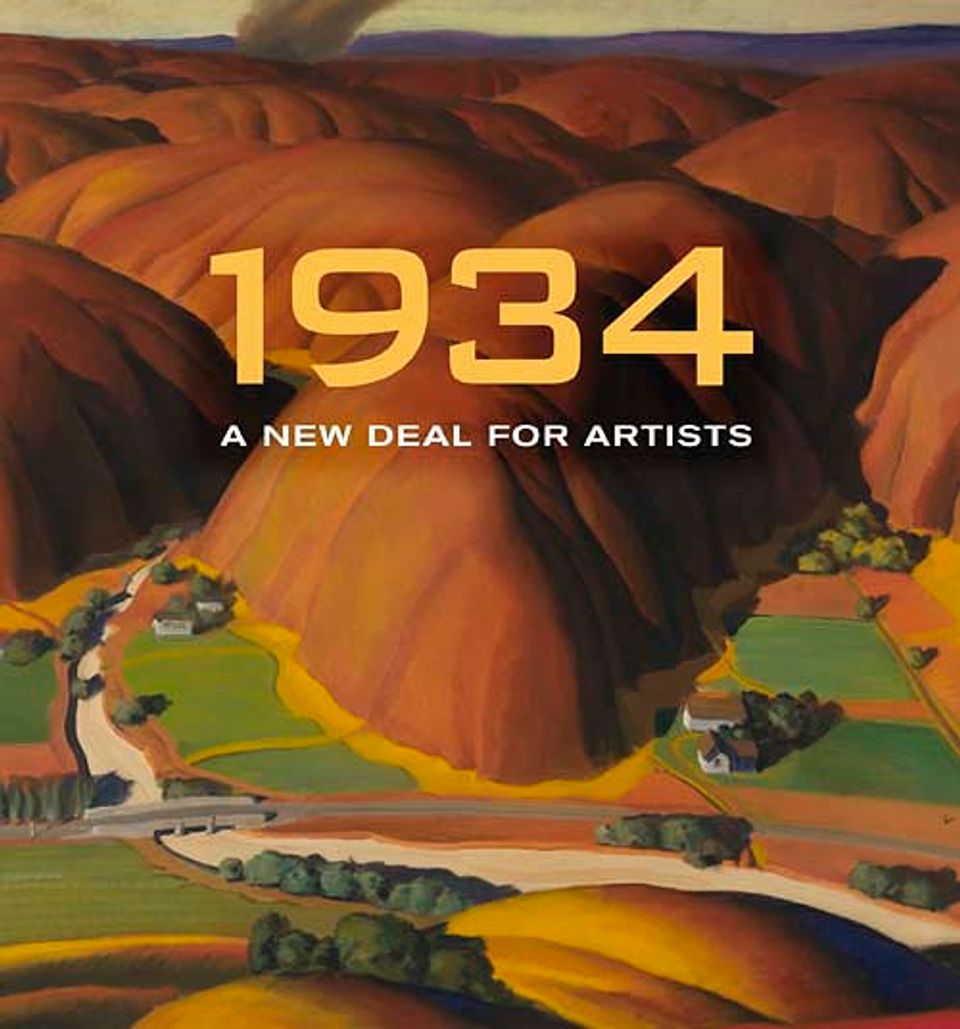Max Arthur Cohn
- Biography
Best known as a pioneer in screenprints, Max Arthur Cohn was born to Russian immigrants in London, in 1903, and moved with his family to New York City in 1905. He got his first art-related job creating commercial silkscreens when he was seventeen. Cohn began to experiment with silkscreening on his own and later exhibited his prints in New York City and Washington, D.C., in the 1930s and '40s. During the Great Depression, he also worked as an easel painter for the Works Progress Administration (WPA), a New Deal program that supported artists by providing them with a small stipend. In the 1950s, Cohn owned a graphic arts business in Manhattan, and is credited with teaching silkscreen techniques to a young Andy Warhol. Cohn coauthored several books on silkscreening, including the influential 1958 book Silk Screen Techniques, written with J. I. Bielgeleisen.















